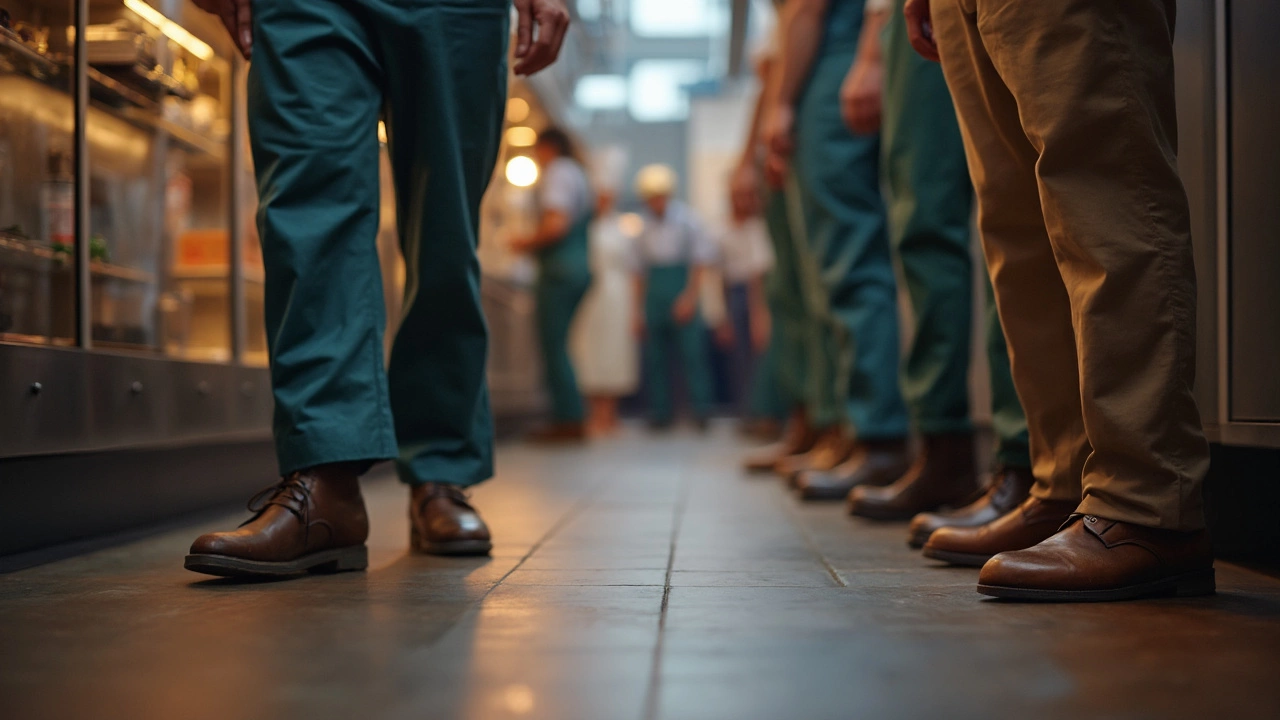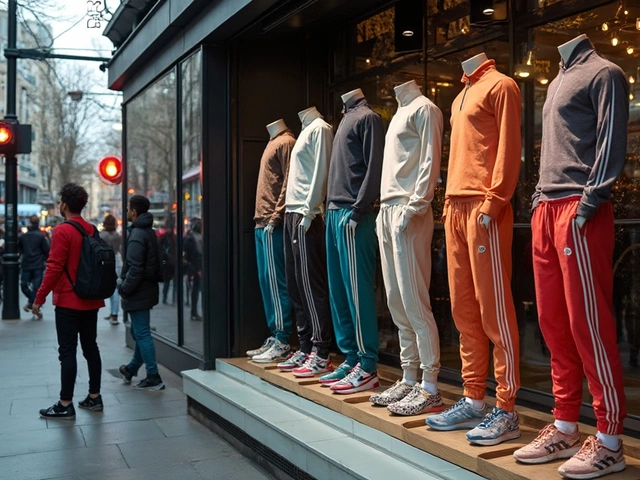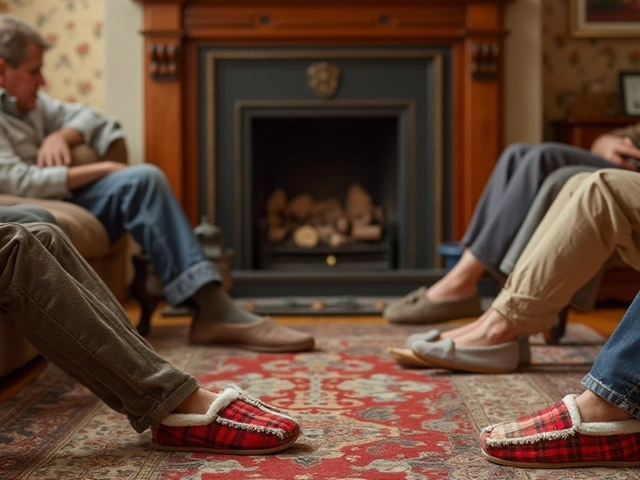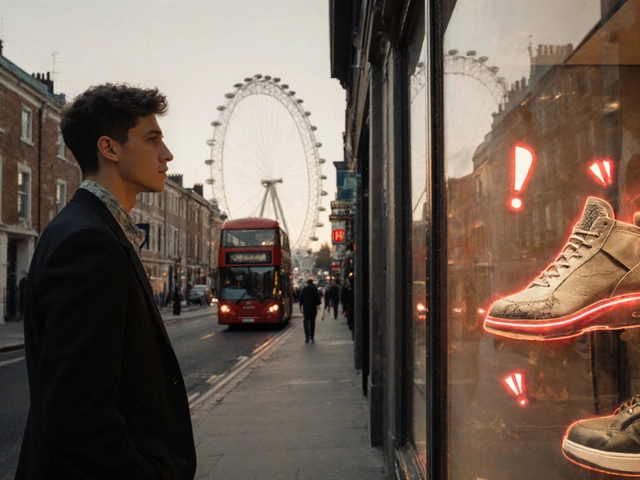Long Shifts – How to Stay Comfortable All Day
Working a twelve‑hour shift can feel like a marathon, especially if your clothes or shoes aren’t up to the task. The good news is you don’t need an expensive uniform to survive. A few smart choices can keep you feeling fresh from the first hour to the last.
Choosing the Right Footwear for Long Shifts
Foot pain is the number one complaint among shift workers. The secret is a shoe that gives your toes room, supports your arches, and lets your foot breathe. Look for a roomy toe box – your toes should be able to wiggle without hitting the front. A cushioned insole with good arch support reduces the strain on your feet when you stand or walk for hours.
Materials matter too. Leather or high‑quality synthetic uppers let air flow, while rubber soles with a little give absorb shock. Swap out cheap factory shoes for a pair that costs a bit more but lasts longer; you’ll save money on replacements and medical visits.
Don’t forget socks. A thin, moisture‑wicking pair prevents blisters, while a thicker cushioned sock adds extra shock absorption if you’re on a hard floor. Change socks at least once during a long shift – it feels surprisingly refreshing.
Smart Clothing Hacks to Beat Fatigue
Layering is your friend. Start with a breathable base layer (think cotton or moisture‑wicking blends) that pulls sweat away from your skin. Add a lightweight, stretchy mid‑layer if the temperature drops, and finish with a looser outer piece that doesn’t restrict movement. This system lets you add or remove layers without overheating.
Fit matters more than fashion on a long shift. Pants with a little stretch, a relaxed waistband, and reinforced knees make a huge difference if you’re bending, lifting, or walking a lot. Avoid tight seams that dig into your skin – they can cause bruising after hours of movement.
Take micro‑breaks whenever you can. Even a 30‑second stretch at your station can improve circulation and reduce muscle stiffness. Simple calf raises, shoulder rolls, or a quick walk to the water cooler resets your posture and gives your joints a break.
Hydration is often overlooked. Keep a refillable bottle nearby and sip regularly. Dehydration makes fatigue hit faster, and it can worsen foot swelling. A small snack with protein (like a handful of nuts) keeps blood sugar stable, so you avoid the mid‑shift slump.
Finally, treat your shoes after each shift. Wipe off any grime, let them air dry, and use a shoe deodorizer if needed. A clean, dry shoe lasts longer and stays supportive.
Long shifts don’t have to be a test of endurance. By picking the right footwear, using smart layering, and building quick habit breaks into your routine, you’ll finish the day feeling less sore and more ready for the next one.

Is Being on Your Feet for 12 Hours Bad? What You Need to Know
Standing for 12 hours straight can put a serious strain on your body, especially if your shoes aren't made for marathon shifts. This article breaks down what really happens to your feet and legs during long workdays, the warning signs of trouble, and how to protect yourself. Get practical tips for picking better work shoes, using simple hacks to handle long hours, and spotting when your job is affecting your health. If you’ve ever limped home after work, this guide has your back.




